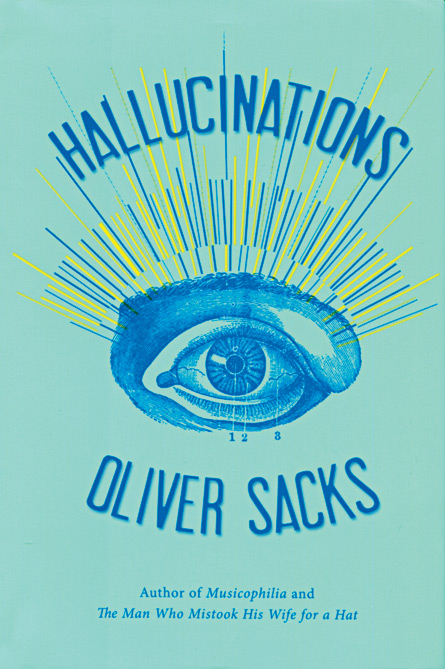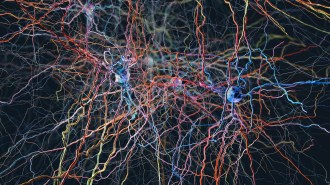Hallucinations
by Oliver Sacks
- More than 2 years ago
Just before a migraine, New York Times blogger Siri Hustvedt had an amiable encounter with a tiny pink man and an equally tiny pink ox. The odd pair wandered around her bedroom a bit before vanishing. “I have often wished they would return,” she writes, “but they never have.”
Hustvedt’s story is just one of the case studies that Sacks, a neurologist, recounts in this charmingly bizarre compilation of strange sensory experiences. Hallucinations tend to be viewed as a sign of an unsound mind (SN: 4/7/12, p. 22). Far more often, Sacks contends, the causes are mundane: migraine auras, fevers, injuries, grief, drugs — prescription and otherwise — and even falling asleep or waking up. Seeing, hearing, smelling or feeling things that aren’t there, he says, is a normal part of the human condition.

Sacks uses first person accounts to explore how the brain builds perception from sensory information, and what can happen when that process breaks down. In one tale, an exhausted cyclist mistakes a motor home for a UFO during a long-distance race. In another, a microbiologist infected with the nerve-damaging herpes simplex virus catches the phantom whiff of a fishy odor for an entire year. A musician taking medication for Parkinson’s disease attempts to play musical scores on his piano before hallucinatory notes skitter off the page.
Sacks’ writing can be on the dry side, but this works to his advantage here. When the human brain can conjure miniature pink oxen out of thin air, a little clinical language helps keep things grounded in reality.
Alfred A. Knopf, 2012, 326 p., $26.95






